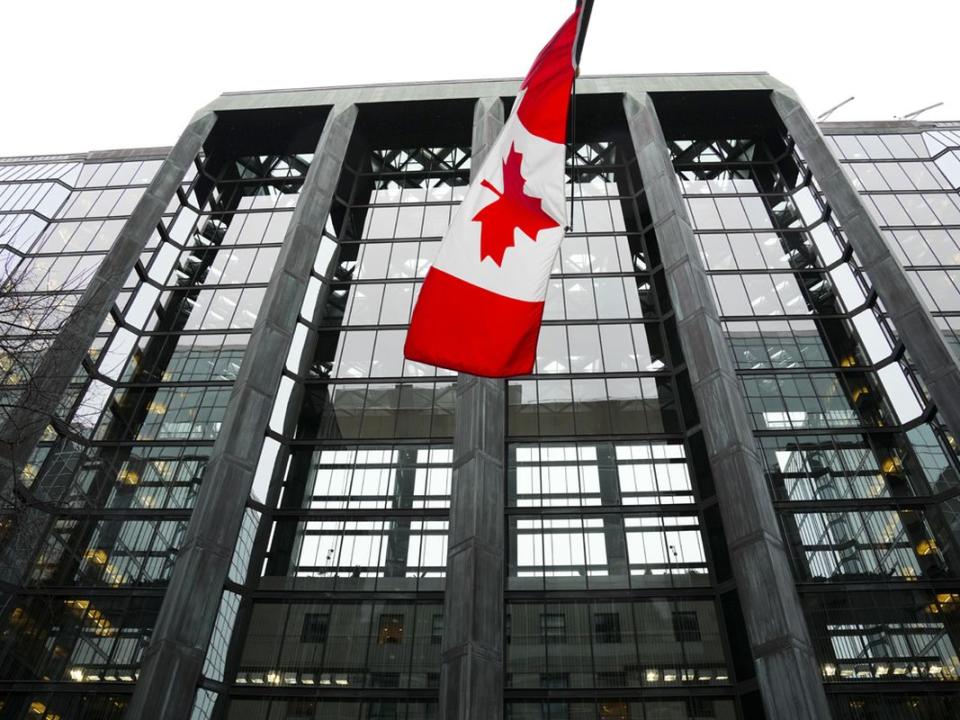Interest rates are likely to stay higher for longer, says Bank of Canada deputy Paul Beaudry

Persistent strength in the economy means interest rates may have to stay higher for longer to rein in inflation, Bank of Canada deputy governor Paul Beaudry said June 8 when he delivered the central bank’s latest economic progress report.
Beaudry said the economic data since the central bank’s April decision, when rates remained on pause, tipped the balance and pushed the Governing Council to decide on a quarter-point rate hike in June.
“The accumulation of evidence — across a range of economic indicators — suggests that excess demand in the Canadian economy is more persistent than we thought, and this increases the risk that the decline in inflation could stall,” Beaudry said during a speech before the Greater Victoria Chamber of Commerce. “That’s why we decided to raise the policy rate.”
Beaudry added that Canadians may have to get ready for a higher interest rate environment for longer to bring cost pressures back down to the Bank of Canada’s target of two per cent. He noted his goal was to help Canadians become better-equipped in case the country enters a “new era of structurally higher interest rates.” He warned that the recent tremors in the global banking sector were an example of poor planning in the face of higher rates.

In its June meeting, the Bank of Canada raised rates by a quarter of a point, bringing the trend-setting policy rate to 4.75 per cent. The governing council cited stubbornly high inflation that re-accelerated in the latest reading, a resilient Canadian economy and robust labour market as the key factors informing the move to raise rates again.
It was the first hike since January and put an abrupt end to the pause the central bank undertook to see how data unfolded. Economists argued that it could open to door to further rate hikes throughout the rest of the year, with some expecting another hike as early as the next policy meeting in July.
Beaudry didn’t give any hints on whether these economists were right nor did he offer many clues on where interest rates could go for the rest of the year. He also addressed the neutral rate, the theoretical rate at which the central bank and economists estimate that borrowing costs would be neither impeding nor encouraging economic growth, and said the central bank’s most recent analysis suggests this rate hasn’t drifted much from its pre-pandemic range — for now.
The Bank of Canada currently puts this estimate between two per cent and three per cent, the base case since before the pandemic. Beaudry’s argument is that the real neutral rate could possibly stay within this range, but the risks he’s seeing appear mostly tilted to the upside.
This detail caught the eye of Royce Mendes, head of macro strategy at Desjardins Group, who said it confirms that policymakers may now feel “the current stance of policy is not as restrictive as the central bank initially believed.”
Mendes added that his team maintains there will be another hike at the Bank of Canada’s next policy meeting on July 12 and that the bank will wait until then to outline more specific guidance on where rates could be heading.
• Email: shughes@postmedia.com | Twitter: StephHughes95
